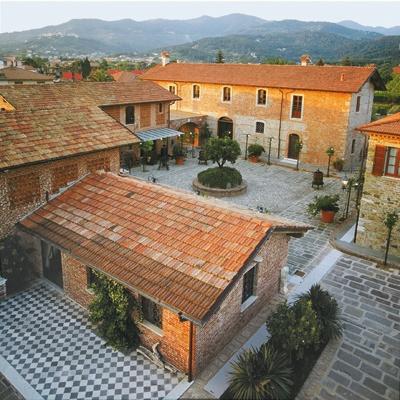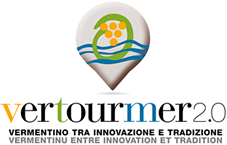The Cavagino wine, considered as the “Cru” of the company, is 100% Vermentino. It is grown in 3 of the best vineyards of the area.
Location of the vineayrds: Cavagino, on the hills of Sarzana (SP)
Location and altitude: 150/200 metre above sea level
Type of soil: pebbly
Training System: Guyot
Vine density: 5000 plants per hectare
Average production per plant: 1.1/1.3 kg
Production per hectare: 60 q
Average age of the producing vines: 40 years
Time of year and type of harvest: mid september, manual harvest in 20kg cases.
You are here
Cantine Lunae Bosoni Srl
Cantine Lunae Bosoni Srl

Understanding the characteristics of your own land, growing native vines, respecting traditional values: these are the three principals on which the Lunae winery bases its activity. The company’s vineyards stretch from the hills on the slopes of the Apuan Alps to the Ligurian Sea, between Liguria and Tuscany. In the '70s, Paolo Bosoni started his own business, following the work and tradition of his family. Nowadays the company has 45 Ha of vineyards, which include ones owned by themselves and those owned by others, divided into 15 plots with 150 local growers, who supported by the company’s technical staff contribute their small grape production, keeping alive traditions and the unique quality of the wine. The cultivated vines are all of local origin. In 2000 Bosoni created the prestigious "Cà Lunae" in the municipality of Castel Nuovo Magra, renovating an old rural structure of the mid 18th century. Within the structure is a museum dedicated to the culture of wine, a winery and an ancient liquor store.
Cavagino
Etichetta Grigia
Castelnuovo Magra and Ortonovo vineyards.
Location and altitude: about 100/150 metres above sea level.
Type of soil: pebbly, rich in texture
Training system: Guyot
Vine density: 4000 plant per hectare
Average productivness per plant: 1,5/1,8 kg
Productivness per hectare: 70/75 q
Average age of the productive vines: 35 years old
Period and type of harvest: mid September with manual harvest in 20 kg cases.
Type of fermentation tanks: inox steel
Vinification techinque: without the skins at a controlled temperature
Etichetta Nera
Castelnuovo Magra and Ortonovo vineyards.
Location and altitude: about 100/150 metres above sea level.
Type of soil: pebbly, rich in texture
Training system: Guyot
Vine density: 4,000 plant per hectare
Average productivness per plant: 1,5-1,8 kg
Productivness per hectare: 70 q
Average age of the productive vines: 35 years old
Period and type of harvest: mid September with manual harvest in 20 kg cases.
Type of fermentation tanks: inox steel
Leukotea
Vineyards of Castelnuovo Magra and Ortonovo
Location and altitude: south - east – about 150/200 metres above sea level
Soil: pebbly, rich in stones
Training system: Guyot
Vine density: 4000 plants per hectare
Average production per plant: 1,5/1,8 kg
Yield per hectare: 70/75 q
Average age of the vines in production: 35 years old
Period and type of harvest: mid September with manual harvest in cases of 20 kg
Type of fermentation tanks : inox steel
Vinification technique: fermentation without the skins

19034 Ortonovo (SP)
Vertourmer 2.0
Vertourmer 2.0
The second edition del progetto di cooperazione territoriale transfrontaliera Ver.Tour.Mer, finanziato dal P.O. Italia -Francia Marittimo 2007-2013 della Comunita Europea, si caratterizza per la forte componente di innovazione tecnologica, volta ad allargare lórizzonte del marketing territoriale attraverso lútilizzo di tecnologie informatiche innovative che valorizzino la produzione delle eccellenze dei territori, non solo vitivinicole ma anche eno-gastronomiche.
> GO TO PROJECT SITE

Scarica l'App
interattiva
e scopri Territori
Vini e Produttori






















